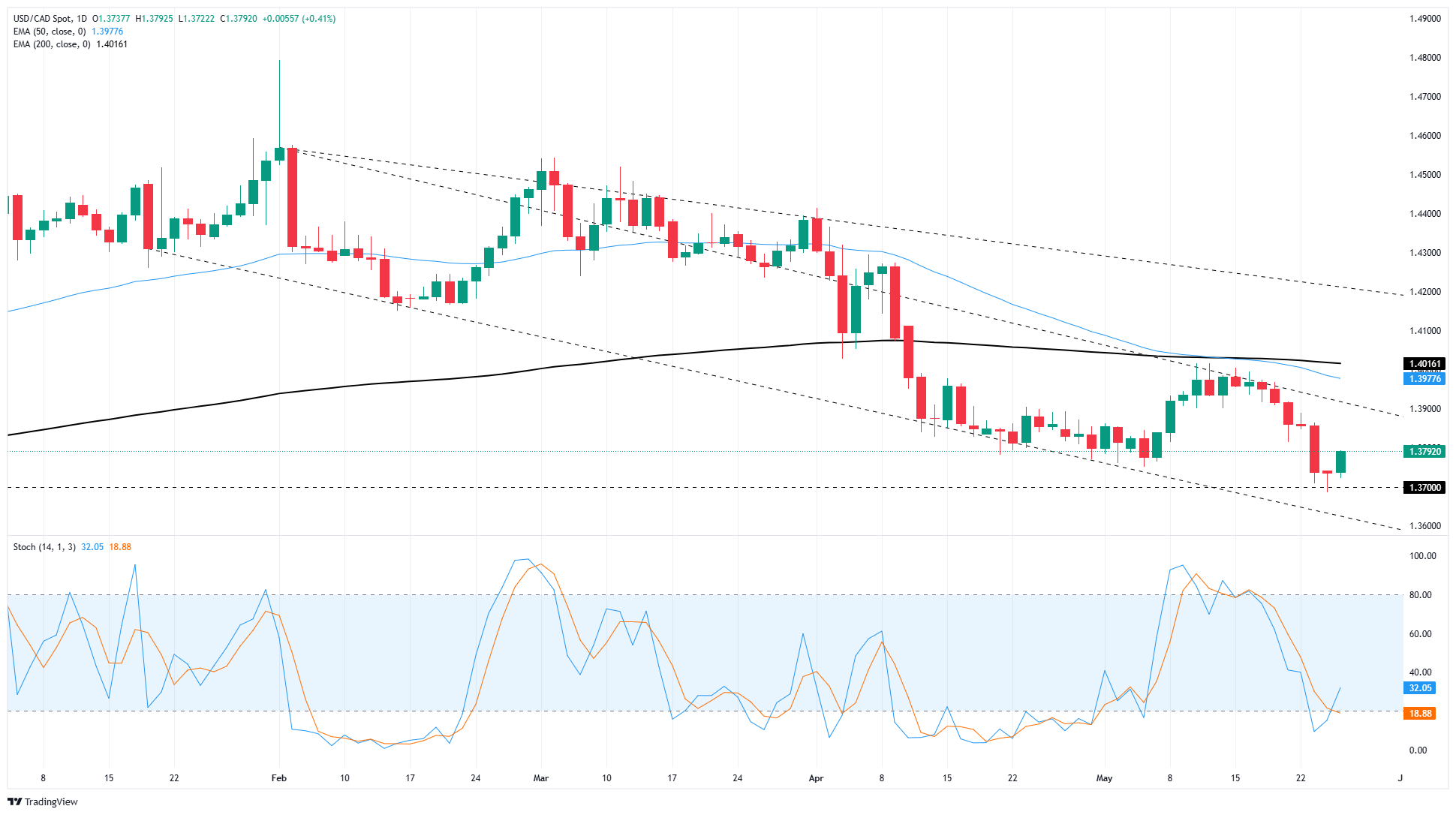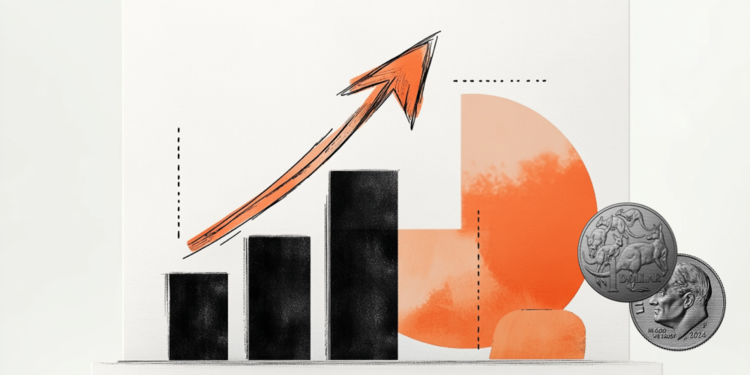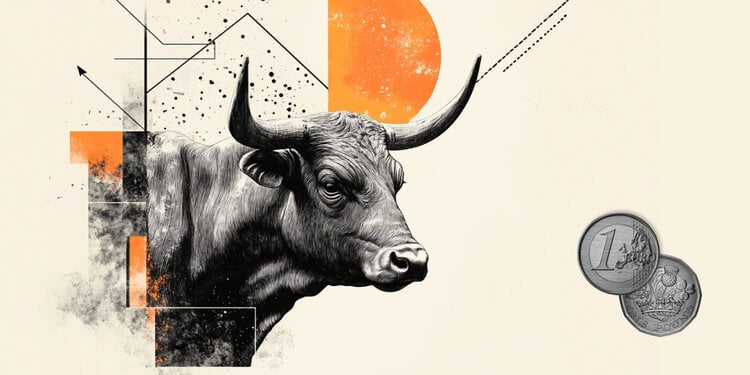- The Canadian dollar lost ground against the US dollar on Tuesday.
- The growth figures of the Canadian GDP are coming later in the week.
- Investor’s confidence has been recovered after new tariff delays, strengthening the US dollar.
The Canadian dollar (CAD) lost ground against the US dollar (USD) on Tuesday, breaking a streak of six profit sessions for the CAD and pushing the USD/CAD again above 1,3750 while commercial holders dominate the market cycle. The growth of the Gross Domestic Product (GDP) Canadian will be published later this week, on Friday, and will serve as the only remarkable Canadian data point of this week.
The Canadian GDP is supporting the weight of the commercial war, with the market forecasts waiting for a sharp fall in the annual growth of GDP during the first quarter. However, the forecasts have consistently underestimated Canadian GDP during the last five months, since the feeling of investors underestimates the Canadian economy. The Canadian GDP will undoubtedly benefit from the companies having advanced industrial and warehouse orders during the first quarter to anticipate tariffs and commercial taxes imposed by the Trump administration, which arrived after the quarterly cut period.
What moves the market today: another delay in tariffs awakens the feeling of investors, pushing the dollar up
- The president of the USA, Donald Trump, retreated in his own threats of a new 50% tariff on European goods, delaying the imposition of the new import taxes until July 9.
- Canadian GDP figures for the first quarter are scheduled for Friday and are expected to fall to 1.7% year -on -year from 2.6%.
- However, market forecasts on Canadian GDP have been below real results for five consecutive months.
- The Canadian economy is weakening due to a multitude of factors, and the nerves have been tense, particularly in trade. However, investors should expect an increase in wholesale and storage purchases after companies spent the first quarter accumulating resources, which could support the GDP spending part.
- The US inflation figures of the US will also be published on Friday, with the last price price index (PCE) scheduled to be published at the same time as the Canadian GDP, promising a Volatile Market Window on Friday.
Prognosis of the price of the Canadian dollar
Tuesday’s bullish turn has cut the six -day streak of the USD/CAD losses, moving away from a continuous descent towards the lower range of a descending channel in daily candles. A prolonged bullish thrust will see when facing a considerable technical resistance zone between the 1,3900 zone and the 200 -day exponential mobile average (EMA) about 1.4000.
USD/CAD DAILY GRAPH

Canadian dollar faqs
The key factors that determine the contribution of the Canadian dollar (CAD) are the level of interest rates set by the Bank of Canada (BOC), the price of oil, the main export product of Canada, the health of its economy, inflation and commercial balance, which is the difference between the value of Canadian exports and that of its imports. Other factors are market confidence, that is, if investors bet on riskier assets (Risk-on) or seek safe assets (Risk-Off), being the positive risk-on CAD. As its largest commercial partner, the health of the US economy is also a key factor that influences the Canadian dollar.
The Canada Bank (BOC) exerts a significant influence on the Canadian dollar by setting the level of interest rates that banks can provide with each other. This influences the level of interest rates for everyone. The main objective of the BOC is to maintain inflation between 1% and 3% by adjusting interest rates to the loss. Relatively high interest rates are usually positive for CAD. The Bank of Canada can also use quantitative relaxation and hardening to influence credit conditions, being the first refusal for CAD and the second positive for CAD.
The price of oil is a key factor that influences the value of the Canadian dollar. Oil is the largest export in Canada, so the price of oil tends to have an immediate impact on the value of the CAD. Generally, if the price of oil rises, the CAD also rises, since the aggregate demand of the currency increases. The opposite occurs if the price of oil drops. The highest prices of oil also tend to give rise to a greater probability of a positive commercial balance, which also supports the CAD.
Although traditionally it has always been considered that inflation is a negative factor for a currency, since it reduces the value of money, the opposite has actually happened in modern times, with the relaxation of cross -border capital controls. Higher inflation usually leads to central banks to raise interest rates, which attracts more capital of world investors who are looking for a lucrative place to save their money. This increases the demand for the local currency, which in the case of Canada is the Canadian dollar.
The published macroeconomic data measure the health of the economy and can have an impact on the Canadian dollar. Indicators such as GDP, manufacturing and services PMIs, employment and consumer confidence surveys can influence the CAD direction. A strong economy is good for the Canadian dollar. Not only attracts more foreign investment, but it can encourage the Bank of Canada to raise interest rates, which translates into a stronger currency. However, if the economic data is weak, the CAD is likely to fall.
Source: Fx Street
I am Joshua Winder, a senior-level journalist and editor at World Stock Market. I specialize in covering news related to the stock market and economic trends. With more than 8 years of experience in this field, I have become an expert in financial reporting.







